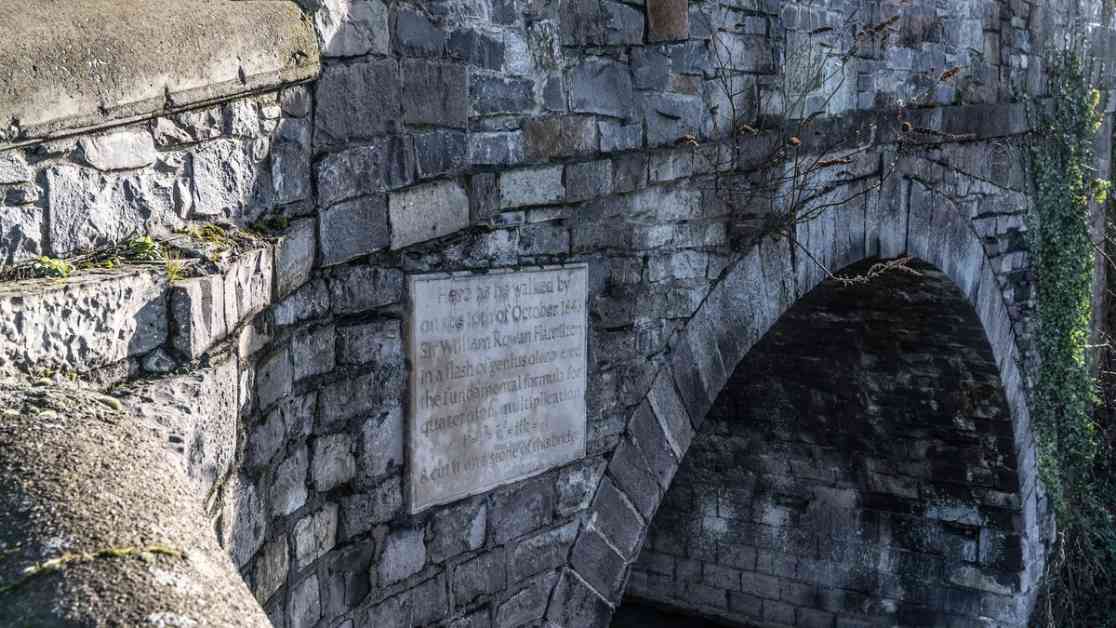On October 16, 1843, the Irish mathematician William Rowan Hamilton had a moment of inspiration while walking along Dublin’s Royal Canal. He was so excited that he took out his penknife and carved his discovery into Broome Bridge. This graffiti may seem simple, but it revolutionized the way mathematicians represent information, leading to advancements in various technical applications.
Hamilton’s discovery was aimed at solving the problem of representing different directions in three-dimensional space, particularly in the context of rotations. He was inspired by the use of complex numbers to represent two-dimensional rotations, which led him to create quaternions – 4D numbers that could simplify calculations for 3D rotations.
By representing complex numbers as points on a plane, Hamilton was able to show how multiplication by the imaginary unit i could result in a 90° counterclockwise rotation in the complex plane. Extending this concept to three dimensions required the introduction of two additional imaginary units, j and k, leading to the famous equation i² = j² = k² = ijk = -1.
Hamilton’s quaternions allowed for the calculation of geometrical rotations in 3D space, with the imaginary part of a quaternion representing a vector that encodes both magnitude and direction. This concept of vectors revolutionized the way physical quantities in 3D space are represented, simplifying complex equations and allowing for more concise notation.
Despite facing rejection from the mainstream mathematical community, Hamilton persevered in his belief in the power of his new mathematical framework. Today, his contributions are celebrated on Hamilton Day, with mathematicians retracing his famous walk to commemorate his groundbreaking discovery.
Hamilton’s work laid the foundation for modern vector analysis, influencing fields ranging from physics to computer graphics. His legacy lives on in the use of quaternions for programming rotations, with applications in NASA missions and computer graphics programming.
In recognition of his achievements, a plaque on Dublin’s Broome Bridge commemorates Hamilton’s moment of insight. His story serves as a reminder of the power of perseverance and the impact of groundbreaking discoveries in shaping the world we live in today.










